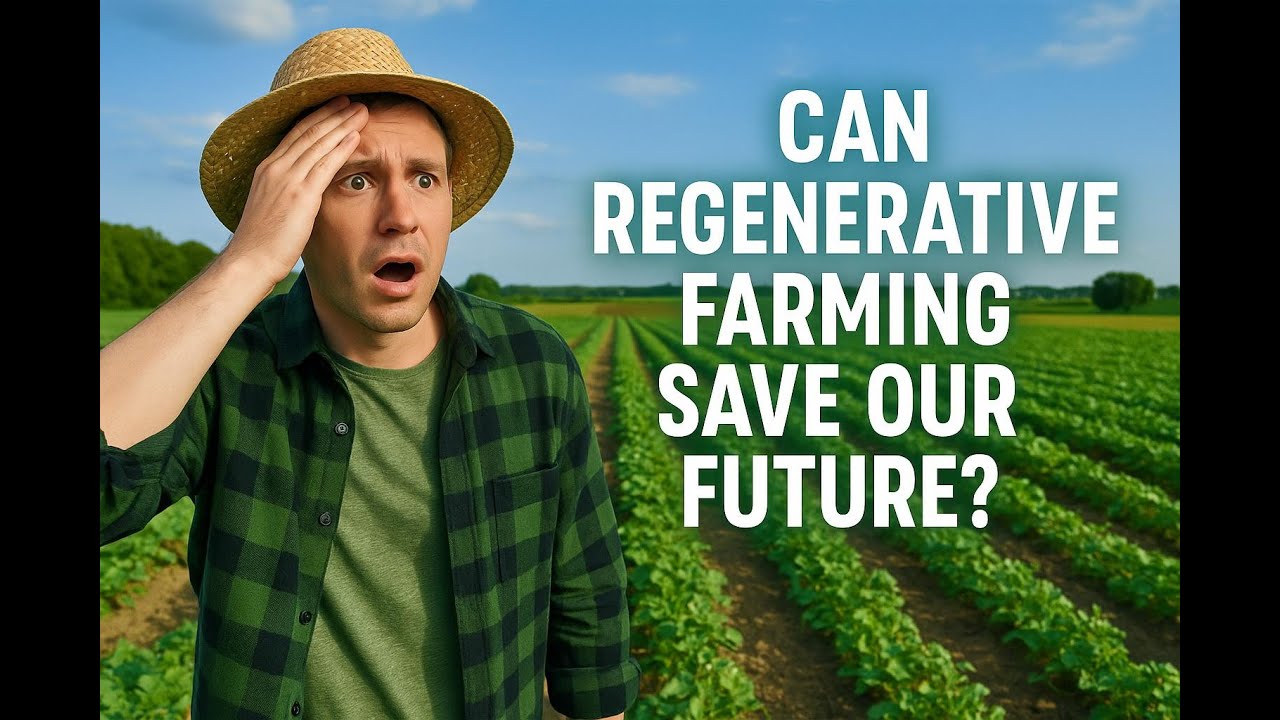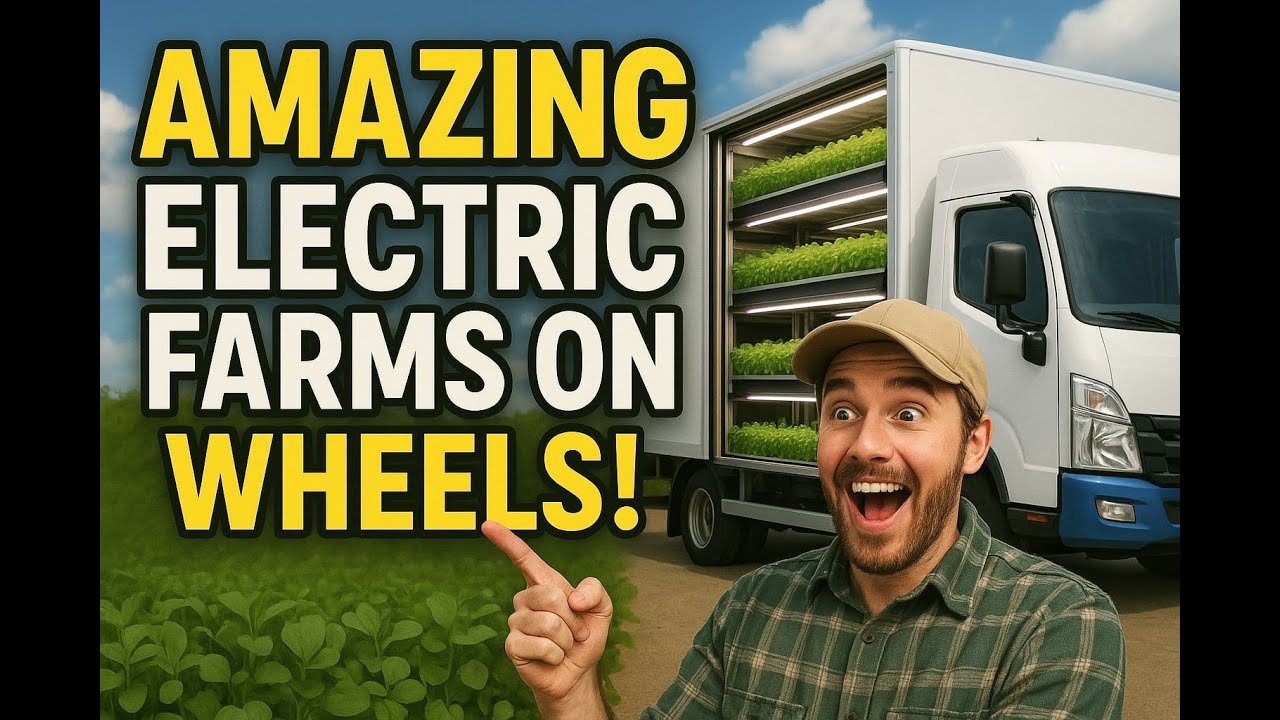“Over 30% of urban rooftops in some cities now support sustainable gardens, boosting local food production and green space.”
Urban Gardening in 2025: Pioneering Sustainable Agriculture in Cities
As urban populations continue to swell, many modern cities face mounting pressure to satisfy the rising demand for fresh local produce and accessible green spaces within rapidly transforming cityscapes. This evolving need has fostered the rapid evolution of urban gardening, a movement that by 2025 is no longer a niche hobby but a vital pillar of sustainable urban development.
With innovative integration of technology, ecological principles, and cutting-edge design, urban gardening projects now redefine agriculture within dense metropolitan areas. Central to this transformation is the commitment to sustainability, driving efforts to create productive green gardens atop and within city buildings via both rooftop gardens and vertical urban gardens.
Sustainable Urban Gardening: A Necessity for Future Cities
The adoption of sustainable urban gardening is central for modern cities striving to address crucial challenges such as food security, environmental degradation, and cutting carbon footprints. These urban gardening projects unlock numerous benefits:
Food Security: Urban gardening rooftop and vertical gardens help cultivate food close to the point of consumption, reducing the lengthy supply chains of traditional agriculture.
Environmental Resilience: Sustainable gardens mitigate the urban heat island effect, support biodiversity by creating habitats for pollinators and birds, and improve air quality across our cities.
Resource Efficiency: Optimizing water use with rainwater harvesting and drip irrigation, employing organic methods, recycled materials, widespread composting, and adopting soil health management practices are now the standard.
Circular Economy Alignment: Integrating composting and recycled materials in gardens ensures that operations are both resource-efficient and aligned with the circular economy goals, reducing overall waste and environmental impact.
Sustainability in these systems not only supports the resilience of urban environments but also contributes to our overall effort against climate change and urban environmental degradation.

Rooftop Gardens: Harnessing Untapped Urban Spaces
One of the most prominent trends in urban gardening by 2026 is the proliferation of rooftop gardens. By utilizing previously underutilized spaces atop residential and commercial buildings, these gardens create productive, green environments that directly supply fresh vegetables, herbs, and even small fruits to local communities.
The adoption of urban gardening rooftop practices has transformed the urban landscape. New modular growing systems leverage lightweight containers and advanced irrigation, making high-yield gardening possible without overloading building loads. Further, smart sensors for soil moisture and nutrient monitoring ensure optimal resource use, reducing water waste and maximizing yields.
Key benefits of rooftop gardening for urban agriculture include:
Energy Efficiency: Rooftop gardens act as natural insulation, reducing heating and cooling costs within buildings by maintaining more stable indoor temperatures.
Stormwater Management: Vegetation and soil components absorb rainfall, reducing runoff and the risk of urban flooding.
Biodiversity & Aesthetics: These gardens support habitats for urban wildlife and improve quality of life by boosting green visual elements across rooftops.
These rooftop installations are revolutionizing city environments, making sustainable urban gardening accessible even for those living in densely built-up areas with little access to the soil at ground level.

Vertical Urban Gardens: Maximizing Space and Yield
With space at a premium in most cities, vertical urban gardens represent a breakthrough solution to scale food production upward rather than outward. By 2026, green walls, stacked planters, and multi-level shelving systems adorn both the interiors and exteriors of metropolitan buildings, maximizing yield per square meter.
Vertical gardening systems employ hydroponics, aeroponics, or soil-based stacked arrangements:
Hydroponics: Plants are grown in nutrient-rich water rather than soil, reducing water usage and increasing growth speed.
Aeroponics: Roots are suspended in air and regularly misted with nutrient water, promoting even more efficient water use.
Stacked Planters: Soil-based vertical planters use gravity-fed irrigation for water efficiency and space optimization.
These cutting-edge urban gardening systems also contribute to air purification and the reduction of urban heat island effect. Moreover, lush vertical gardens create living decor and enhance mental wellbeing for city dwellers by bringing calming natural elements inside and outside city buildings.

“Vertical gardens can reduce city temperatures by up to 5°C, significantly lowering urban heat island effects.”
Comparative Benefits Table: Rooftop vs. Vertical Urban Gardening
Project Type
Space Required (sq. m, est.)
Initial Setup Cost (USD, est.)
Water Usage (liters/month, est.)
Crop Yield Potential (kg/year, est.)
Environmental Impact Rating (1-5)
Maintenance Level
Rooftop Gardening
20–200+
$2,500–$25,000
800–2,500
150–2,000
5
Medium
Vertical Urban Garden
2–20
$800–$15,000
350–1,200
75–1,200
5
Medium–High
Estimates based on industry averages; actual values may vary by system, local costs, and management practices. Both rooftop and vertical urban gardening score high on sustainable urban gardening metrics—low carbon footprint, significant contribution to local food supply, and biodiversity benefits.
Technology, Water, and Resource Management in Urban Gardening
The efficiency and sustainability of urban gardening rest on innovative technologies that deliver smart management of vital resources—namely, water, energy, and nutrients. As cities become more digitized, integration of IoT sensors, automated irrigation systems, and AI-driven advisory platforms is standard.
Key Practices for Sustainable Resource Use
Water-Efficient Irrigation: Drip irrigation and automated systems significantly reduce water usage, delivering moisture directly to roots and minimizing evaporation.
Rainwater Harvesting: Gardeners collect rooftop runoff to irrigate plants—widespread adoption of this method is vital for sustainability and aligns with circular economy goals.
Soil Health: Incorporating organic matter from compost promotes better water retention and plant health, reducing dependence on chemical fertilizers.
Renewable Energy Use: Solar-powered pumps and lights support further energy savings, making urban gardens even greener.
For advanced monitoring, satellite data, AI-driven crop advisory, and real-time environmental impact tracking are now accessible through solutions such as the Farmonaut Large Scale Farm Management Platform—empowering users to monitor plant vitality, soil moisture, and plan sustainable interventions from anywhere.

Community-Led Urban Gardening Projects and Urban Garden Market Growth
Urban gardening projects increasingly form the backbone of community-led food initiatives, educational programs, and urban development strategies. Institutional support in many cities has enabled widespread adoption of community gardens through grants, technical training, and reserved public spaces.
Key benefits and characteristics:
Education & Empowerment: Living classrooms nurture food literacy, ecological stewardship, and practical skills in sustainability—especially vital for youth and marginalized populations.
Social Cohesion: Working together in community gardens fosters stronger neighborhood ties, resilience against crises, and shared responsibility for urban green spaces.
Entrepreneurship: The urban garden market is rapidly expanding, offering seeds, DIY modular gardening kits, automated systems, and consultancy services.
Local Economy Support: Selling produce at urban farmers’ markets or to local cafes brings fresh, healthy food directly to city consumers, reducing the need for long-distance transportation and cutting associated carbon footprints.
For traceability and clean supply chains, urban farmers can benefit from blockchain-based solutions like those described in our Product Traceability Platform, which ensures transparency, builds consumer trust, and streamlines compliance concerning locally grown food.

Additionally, technologies for monitoring carbon footprint and ecological impact are essential. Urban gardeners seeking to document and improve sustainability efforts can utilize platforms with integrated environmental tracking—Farmonaut’s Carbon Footprinting Tool enables measurement and reporting of urban farming emissions, aligning with regulatory and voluntary climate goals.
Innovation and Future Trends in Sustainable Urban Gardening
Looking beyond 2026, urban gardening continues to embrace advances in technology and ecological design:
Smart City Integration: Urban gardening systems link with city infrastructure, harnessing renewable energy from solar panels and employing automated climate controls for year-round productivity.
Modular and Portable Solutions: Innovations in lightweight, scalable gardens—including mobile vertical farming units—enable flexible deployment atop residential, commercial buildings, and even city vehicles.
Resource Looping: Circular urban ecosystems use organic wastes as compost, recycle water and nutrients, and ensure little goes to waste.
AI & Satellite Data: Satellite-driven analysis helps monitor urban garden health, predict yields, and optimize interventions, ensuring gardens continue to thrive in increasingly dense metropolitan areas.

Sustainable urban gardening is no longer optional—it’s a necessity for resilient, healthy, and equitable cities of the future.
Urban agriculture is also supported by smarter financial interventions: satellite-based crop monitoring for urban gardening loans and insurance helps reduce risk, cut fraud, and promote access to credit. Learn more with Farmonaut’s Crop Loan & Insurance Verification platform.

With ever-improving AI-based advisory systems, such as Farmonaut’s Jeevn AI Advisory System, users can receive real-time insights and tailored strategies for urban gardening operations—empowering individuals, communities, and businesses in sustainable cultivation practices.
For those seeking to integrate satellite-based urban gardening insights into custom platforms, Farmonaut’s Public API and Developer Documentation offer seamless access and technical resources.

How Farmonaut Supports Sustainable Urban Gardening
At Farmonaut, we are deeply committed to empowering the evolution of sustainable urban gardening. Our suite of satellite-based technologies delivers affordable, data-driven solutions that cross agricultural boundaries, making advanced tools accessible to users, businesses, and governments across the globe.
Satellite-Based Monitoring: Our platform offers real-time NDVI and soil monitoring—vital for tracking urban garden health, whether for rooftop installations or vertical urban garden systems.
Jeevn AI Advisory: We provide personalized growth strategies, weather forecasts, and resource optimization tips, fostering both productivity and sustainability in dense urban environments.
Blockchain Traceability: By enabling traceability across urban supply chains, we help ensure the integrity of food from garden to table.
Environmental Impact Monitoring: Our advanced solutions allow gardeners to track and minimize their carbon footprint, aligning with both local and global climate goals.
Our commitment to sustainability, transparency, and technological accessibility will continue to support the future of urban agriculture, ushering in greener, more resilient cities.
Explore the variety of ways Farmonaut can help you cultivate sustainability, transparency, and efficiency—no matter the size or scope of your urban gardening projects. For users interested in resource and fleet optimization for green deliveries, the Fleet Management Tool supports logistics and operations for urban farming businesses.
Frequently Asked Questions
1. What is sustainable urban gardening?
Sustainable urban gardening refers to environmentally friendly food cultivation within cities, utilizing practices like rooftop gardens, vertical urban gardens, resource-efficient irrigation, organic methods, and circular economy integration.
2. How do rooftop and vertical gardens differ?
Rooftop gardens convert underutilized building tops into productive green spaces, while vertical urban gardens use stacked and wall-mounted systems to grow food on limited ground area. Both serve key roles in expanding local food production and improving urban resilience.
3. Can I monitor my garden with satellite technology?
Yes. Platforms like Farmonaut provide real-time satellite-based monitoring and AI-powered advisory, enabling urban gardeners to assess crop health, soil conditions, and even carbon footprint remotely.
4. How much water do urban gardens use?
Water usage varies, but innovations like drip irrigation, hydroponics, aeroponics, and rainwater harvesting make both rooftop and vertical gardens highly efficient, using far less water per kg of produce than conventional field agriculture.
5. Can urban gardening contribute to climate change mitigation?
Absolutely. Urban gardens absorb CO2, reduce urban heat island effects, support biodiversity, and cut emissions linked to long-distance food transportation, directly supporting city sustainability goals.
Conclusion: Shaping the Future of Cities with Sustainable Urban Gardening
From rooftop gardens that green our skylines to vertical urban gardens that transform narrow alleys and walls into lush, productive oases, sustainable urban gardening is redefining what city living can be. As we move deeper into 2026 and beyond, the fusion of technology, community-driven projects, and systemic ecological design ensures that our cities are not just places of consumption, but also vibrant spaces of sustainable production.
By harnessing the untapped potential within our buildings and fostering continual innovation in resource management and circular economy alignment, future metropolitan areas will improve food security, lower environmental impacts, and forge deeper connections between urban populations and the natural world.
Urban gardening in 2026 and beyond is an essential part of sustainable urban development. By transforming rooftops and vertical surfaces into productive green spaces with innovative and ecological practices, our cities will continue their evolution into greener, healthier, and more self-reliant environments for generations to come.


Comments are closed.